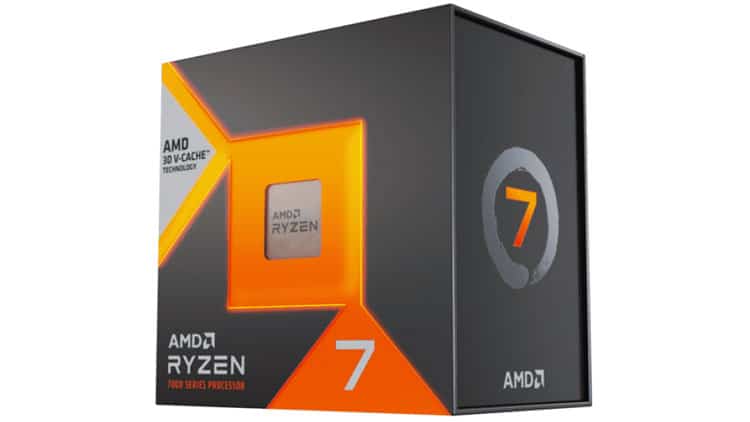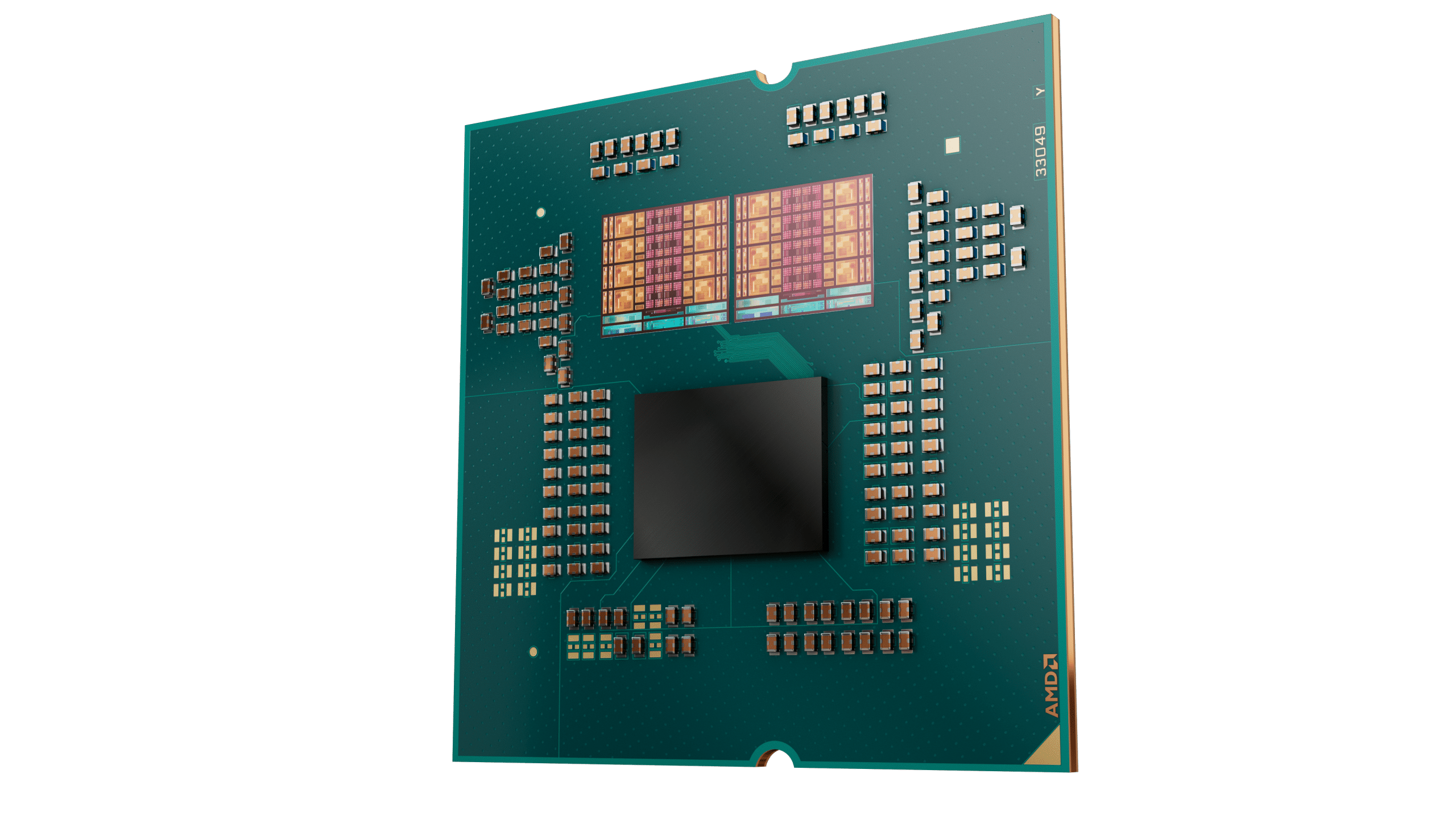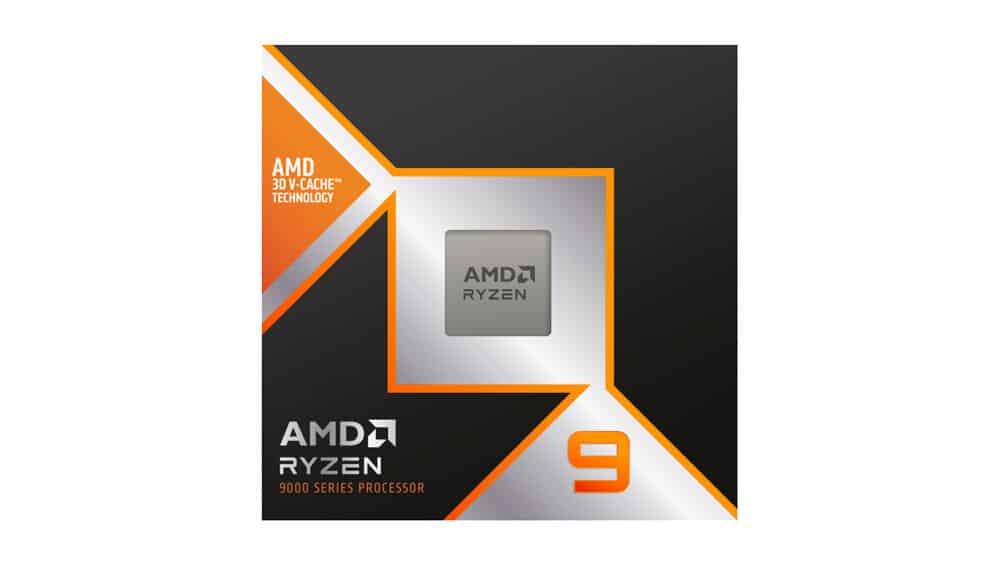After evaluating the new generation Ryzen processors, from the humble 9600x up to the powerful 9950x, I thought to revisit the 7800X3D and provide you with overall performance graphs, including performance per Watt, showing its potential against newer designs and prove to you why this is the best CPU for its price.
I have already evaluated all AMD Ryzen processors using the “Zen 5” microarchitecture, and I found them not to be a significant leap forward, as AMD promised. On the other hand, the 7000X3D processors are still among the best choices if you are in the market for a new processor. In today’s article, I will look at the processor I believe is the best buy nowadays, whether you are interested in gaming or want a workstation PC.
- AMD Ryzen 9 9950x CPU Review: Performance, Thermals & Power Analysis
- AMD Ryzen 9 9900x CPU Review: Performance, Thermals & Power Analysis
- AMD Ryzen 7 9700x CPU Review: Performance, Thermals & Power Analysis
- AMD Ryzen 9 7950X3D CPU Review: Performance, Thermals & Power Analysis
- AMD Ryzen 7 7800X3D CPU Review: Performance, Thermals & Power Analysis
- AMD Ryzen 7 8700G APU Review: Performance, Thermals & Power Analysis
- AMD Ryzen 5 8600G APU Review: Performance, Thermals & Power Analysis
The significant features of the Ryzen 9000 processors, according to AMD claims, are listed below:
- New Architecture: The AMD “Zen 5” architecture boasts substantial improvements to energy efficiency, performance, and AVX-512 / VNNI computational capabilities for machine learning and AI workloads.
- Major IPC Gain: Across a geomean of 13 workloads typical to the desktop market, AMD has measured a +16% geomean improvement in IPC. Following in the footsteps of “Zen 2” and “Zen 3,” the “Zen 5” microarchitecture is the third consecutive AMD microarchitecture with a double-digit IPC gain. Since Piledriver, this places the compounded IPC improvement at 4.1X (based on Geekbench 5 single-thread)
- Improved 512-bit AI Datapath: With an enhanced AVX-512 datapath enabling more floating-point instructions, the AMD Ryzen 9000 Series delivers up to 3X improvement in time to the first token and 1.5X improvement in tokens per second running an LLM compared to the previous generation.
- 4nm Process Technology: The “Zen 5” CCDs migrate to the TSMC 4nm process for substantial power reductions across the range of operations. At AMD standard TDP points (65W/105W/170W), AMD has measured an average +22% gain in performance per watt.
- New 800-Series Platforms: New AMD 800-series chipsets enable new AMD 800-series motherboards. For simplicity’s sake, all X870-series boards (both X870 and X870E) have USB4 onboard and concurrently support PCIe Gen5 on both x16 Graphics and the SSD, unlike the competition. The only differentiator between the X870 and X870E is the amount of I/O: SATA, total PCIe lanes, etc.
- New EXPO Memory Speeds: The new AMD 870-series motherboards have been optimized for overclocking and, depending on the overclockability of your specific hardware, can reach DDR5-8000 and beyond (see the overclocking section below).
- New socket longevity commitment: AMD is committed to supporting this socket through 2027+ so that users can buy with confidence in future CPU upgrade support
Specifications
| AMD Ryzen 9 9950x | AMD Ryzen 9 9900x | AMD Ryzen 7 9700x | AMD Ryzen 5 9600x | Ryzen 7 7800X3D | |
| Cores/Threads | 16/32 | 12/24 | 8/16 | 6/12 | 8/16 |
| Max Boost | 5.7 GHz | 5.6 GHz | 5.5 GHz | 5.4 GHz | 5.0 GHz |
| Base Clock | 4.3 GHz | 4.4 GHz | 3.8 GHz | 3.9 GHz | 4.2 GHz |
| L2 Cache | 16x 1MB | 12x 1MB | 8x 1MB | 6x 1MB | 8x 1MB |
| L3 Cache | 64MB | 64MB | 32MB | 32MB | 96MB |
| TDP | 170W | 120W | 65W | 65W | 120W |
| Default Socket Power (PPT) | 200W | 162W | 88W | 88W | 162W |
| Max Socket Power | 230W | ||||
| Max Current (EDC) | 225A | 180A | 150A | 150A | 180A |
| Max Current, Thermally Limited (TDC) | 160A | 120A | 75A | 75A | 120A |
| TjMax | 95°C | 89°C | |||
| Stock/Auto Voltage Range (Active Core) | 0.650 – 1.475V | – | |||
| Typical Loaded Temperatures | 70-90°C | 70-80°C | |||
| Boost Algorithm | Precision Boost 2 | ||||
| Recommended Cooler | 240-280mm liquid (or equivalent) | Mid-frame tower cooler (or equivalent) | |||
| Max Memory Speed (Non-OC) | DDR5-5600 (2x 16GB) | DDR5-5200 (2x 16GB) | |||
| ECC Support | Enabled in-silicon, support varies by motherboard | ||||
| CCD Die Size | 70.6 mm2 | 71 mm2 | |||
| CCD Transistor Count | 8.6 billion/per CCD (up to 2 CCDs for 17.2 billion) | 6.5 billion | |||
| IOD Die Size | 122 mm2 | ||||
| IOD Transistor Count | 3.4 billion | ||||


